May 6, 2021
Why mobile site surveys have changed so dramatically
 Central to any business is the need to communicate effectively. Whether you’re relocating to new or refurbished premises, or switching providers, it is vital to ensure your communications networks are up to the job in terms of performance and reliability. Not only is this required to support conventional telecoms and OTT services, it is key to smart building and smart infrastructure applications. Connectivity should not be limited to Wi-Fi either. Businesses are increasingly pushing mobile-only strategies and landlines are fast becoming obsolete in the workplace. PwC, for example, removed all landlines from their offices back in 2018 and many other organisations have since followed suit, with smartphones providing a single point of contact for all voice and internet connectivity, as well as being used as resilient IT infrastructure. (more…)
Central to any business is the need to communicate effectively. Whether you’re relocating to new or refurbished premises, or switching providers, it is vital to ensure your communications networks are up to the job in terms of performance and reliability. Not only is this required to support conventional telecoms and OTT services, it is key to smart building and smart infrastructure applications. Connectivity should not be limited to Wi-Fi either. Businesses are increasingly pushing mobile-only strategies and landlines are fast becoming obsolete in the workplace. PwC, for example, removed all landlines from their offices back in 2018 and many other organisations have since followed suit, with smartphones providing a single point of contact for all voice and internet connectivity, as well as being used as resilient IT infrastructure. (more…)






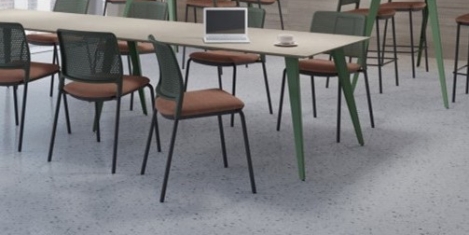
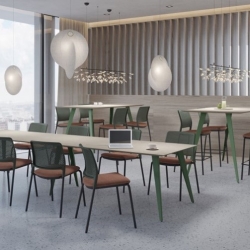 The angular, tapered legs of ‘Zig’ tables are reminiscent of a Lynn Chadwick sculpture. Their folded steel form creates a striking silhouette at both standard and poseur heights. Almost retro-futuristic in style, these tables can enhance a variety of settings such as cafes, meeting rooms and collaboration zones.
The angular, tapered legs of ‘Zig’ tables are reminiscent of a Lynn Chadwick sculpture. Their folded steel form creates a striking silhouette at both standard and poseur heights. Almost retro-futuristic in style, these tables can enhance a variety of settings such as cafes, meeting rooms and collaboration zones. 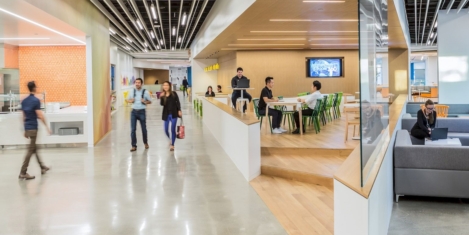
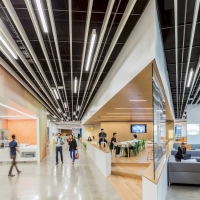

 WiredScore, is announcing the launch of a new certification for smart buildings aimed at providing clarity, definition and measurement for the growing smart building industry.
WiredScore, is announcing the launch of a new certification for smart buildings aimed at providing clarity, definition and measurement for the growing smart building industry. 


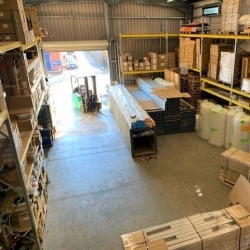
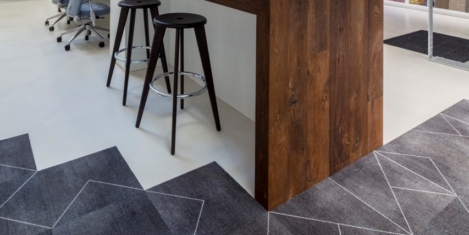
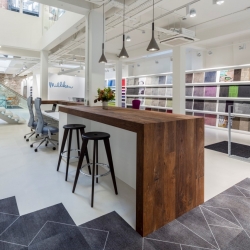 Flooring designer and manufacturer Milliken announced that it has been awarded WELL Certification at the Platinum level for its Clerkenwell Showroom by the International WELL Building Institute (IWBI). The prestigious distinction was awarded through IWBI’s WELL v2 pilot, the next version of the WELL Building Standard. WELL is the premier building standard to focus on enhancing people’s health and wellness through the buildings where we live, work and play.
Flooring designer and manufacturer Milliken announced that it has been awarded WELL Certification at the Platinum level for its Clerkenwell Showroom by the International WELL Building Institute (IWBI). The prestigious distinction was awarded through IWBI’s WELL v2 pilot, the next version of the WELL Building Standard. WELL is the premier building standard to focus on enhancing people’s health and wellness through the buildings where we live, work and play. 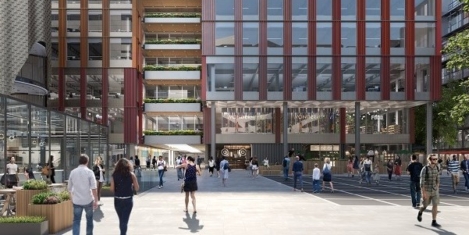
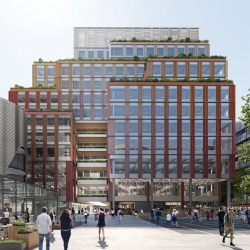 British Land has announced that JLL has chosen 1 Broadgate for its new UK flagship office. JLL, the global real estate services firm, has signed an agreement for lease for 134,000 sq ft on a 15 year term, representing a pre-let of nearly a third of the office space.
British Land has announced that JLL has chosen 1 Broadgate for its new UK flagship office. JLL, the global real estate services firm, has signed an agreement for lease for 134,000 sq ft on a 15 year term, representing a pre-let of nearly a third of the office space. 

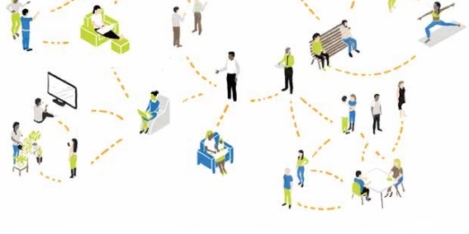
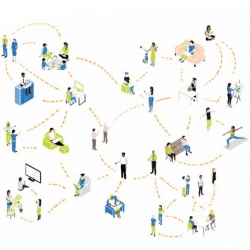 As lockdown restrictions are eased and employees head back to the office a new report is calling for businesses to reinvent the world of work. The Human Organisation report highlights how the current workplace model is based on bureaucracy and hierarchy, which stifles employee empowerment and creativity.
As lockdown restrictions are eased and employees head back to the office a new report is calling for businesses to reinvent the world of work. The Human Organisation report highlights how the current workplace model is based on bureaucracy and hierarchy, which stifles employee empowerment and creativity. 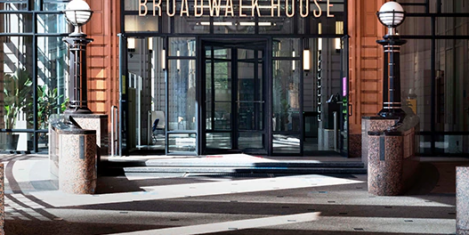

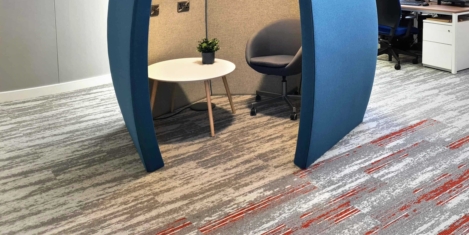
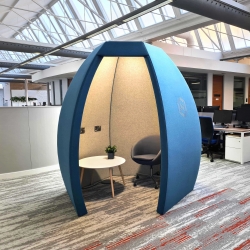 With workplaces up and down the country now following new rules and regulations – and with online meetings also the order of the day – colleagues everywhere may be feeling demotivated.
With workplaces up and down the country now following new rules and regulations – and with online meetings also the order of the day – colleagues everywhere may be feeling demotivated. 







